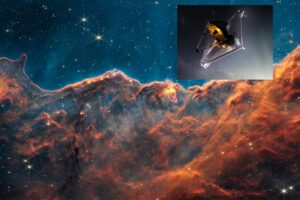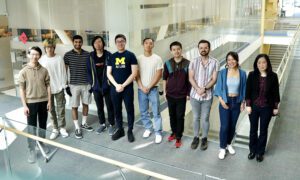Real-time data collected at the two-lane roundabout will be used to efficiently test the safety of autonomous vehicles.
The post World’s first realistic simulated driving environment based on ‘crash-prone’ Michigan intersection appeared first on Michigan Engineering News.

 Michigan Engineering | University of Michigan
Michigan Engineering | University of Michigan 


